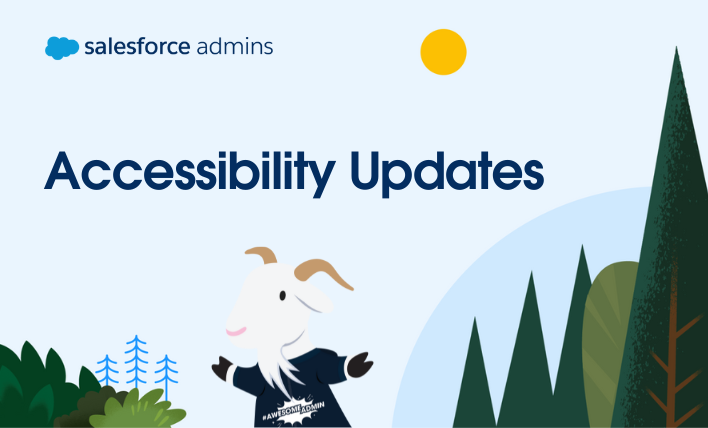As an #AwesomeAdmin, you’re working every day to find creative solutions to make your users happier and your business smarter. But making that happen can be overwhelming and, often, it’s even hard to know where to start. That’s where Salesforce Optimizer comes in—analyzing your implementation across more than 50 metrics to determine ways you can […]

















